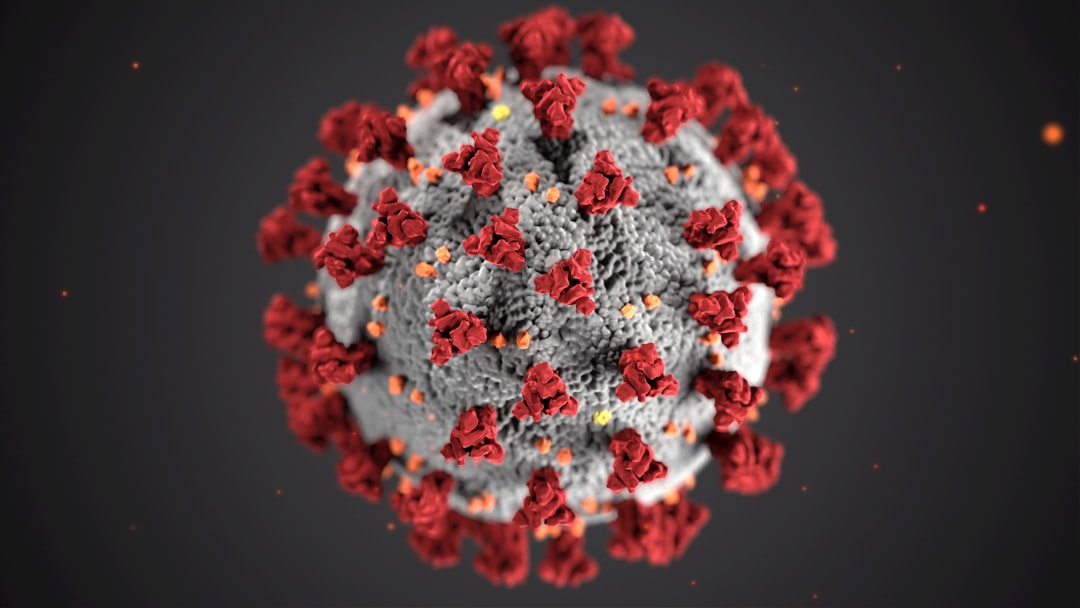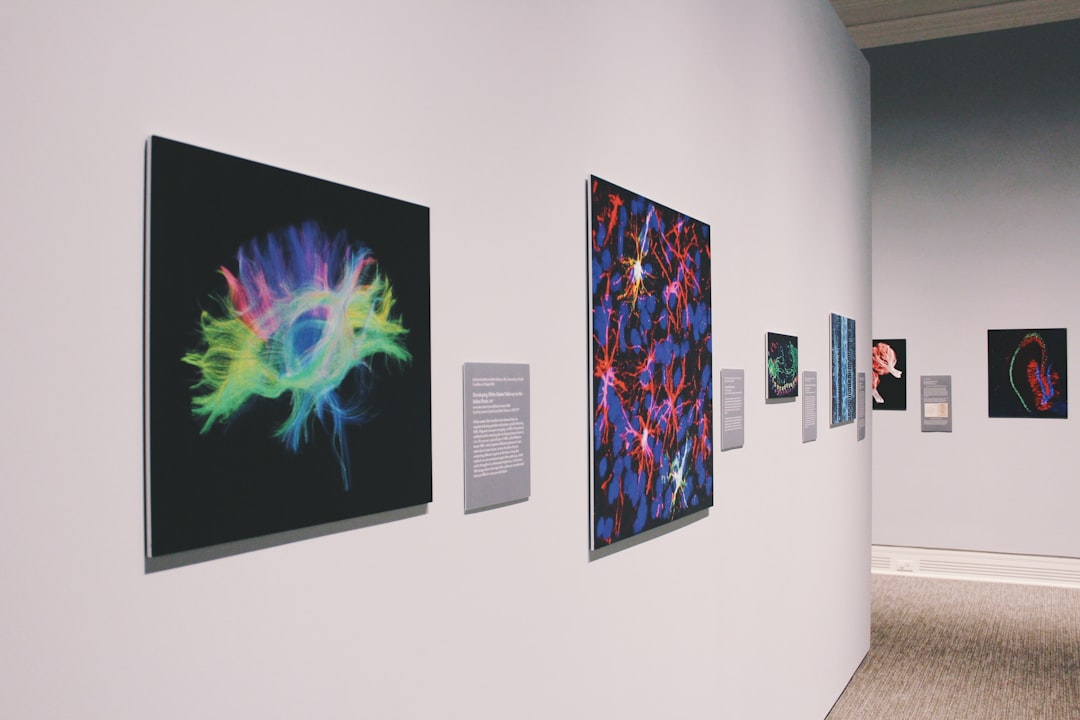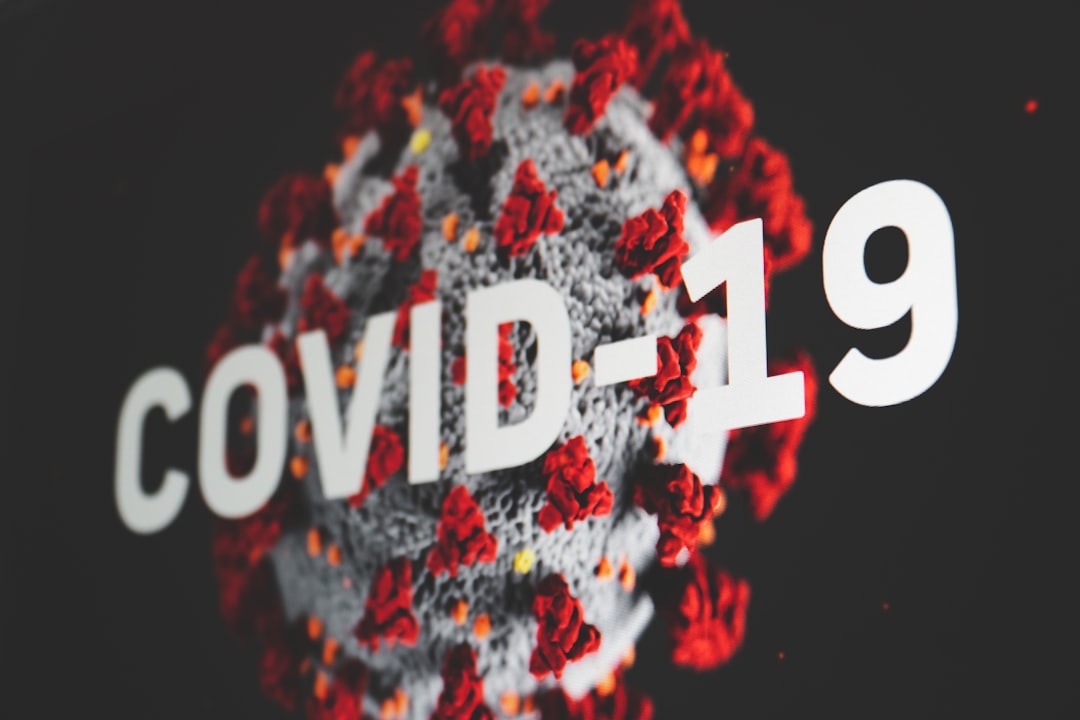What is it about?
This study aimed to evaluate the changes in adipose tissue distribution in patients who underwent adrenalectomy for adrenal adenomas. The study included two groups: one with cortisol-producing adrenocortical adenomas (Cushing's syndrome, CS) and the other with non-functioning adrenal adenomas (NFA). Preoperative and postoperative computed tomography (CT) scans were analyzed to measure visceral adipose tissue (VAT), subcutaneous adipose tissue (SAT), and total adipose tissue (TAT) areas, as well as VAT/SAT and VAT/TAT ratios. The results showed that patients with CS had larger VAT and TAT areas compared to those with NFA. However, after adrenalectomy, there was a significant decrease in VAT and TAT areas, as well as VAT/SAT and VAT/TAT ratios, in the CS group. No significant changes were observed in the SAT, TAT, and VAT areas in the NFA group. These findings highlight the effectiveness of adrenalectomy in reducing VAT and TAT areas in patients with cortisol-producing adrenal adenomas, as demonstrated by CT imaging.
Featured Image

Photo by Siora Photography on Unsplash
Why is it important?
The findings of the study are important because they provide valuable insights into the changes in adipose tissue distribution in patients with cortisol-producing adrenal adenomas (Cushing's syndrome). Understanding these changes is crucial for diagnosing and distinguishing between functioning and non-functioning adrenal adenomas. Additionally, the study highlights the effectiveness of adrenalectomy in reducing VAT, TAT areas, and VAT/SAT and VAT/TAT ratios, providing important information for the management and treatment of patients with adrenal adenomas. These findings contribute to the quantitative evaluation of treatment response using computed tomography, aiding in monitoring and improving patient outcomes.
Read the Original
This page is a summary of: CT-based Abdominal Adipose Tissue Area Changes in Patients Undergoing Adrenalectomy Due to Cushing’s Syndrome and Non-functioning Adenomas, Experimental and Clinical Endocrinology & Diabetes, August 2021, Thieme Publishing Group,
DOI: 10.1055/a-1547-9008.
You can read the full text:
Contributors
The following have contributed to this page










